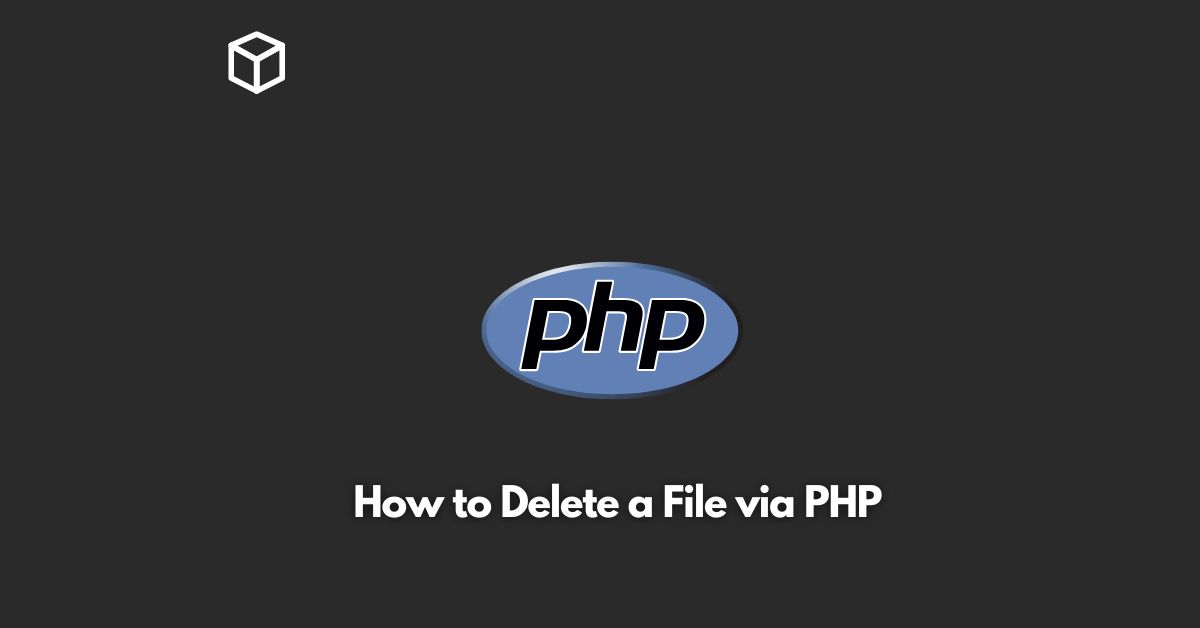In the world of web development, it’s often necessary to delete files from the server.
Whether you’re removing outdated content or freeing up space, PHP provides a simple way to delete files from your website.
In this tutorial, we’ll go over how to delete a file using PHP, with code examples to help you get started.
Use the unlink() Function
The unlink() function is the most common method for deleting files in PHP.
This function takes the file path as an argument and removes the file from the server.
Here’s an example of how to use the unlink() function:
<?php
$file = 'example.txt';
if (file_exists($file)) {
unlink($file);
}
?>Check if the File Exists
Before attempting to delete a file, it’s always a good idea to check if the file exists.
This can be done with the file_exists() function.
The code above uses this function to check if the file exists before calling the unlink() function.
If the file doesn’t exist, the unlink() function won’t be executed, and your script won’t generate any errors.
Consider File Permissions
In some cases, you may need to adjust the file permissions to allow PHP to delete the file.
If the file is owned by a different user or group, you may need to change the permissions to allow PHP to delete it.
You can do this using the chmod() function.
<?php
chmod('example.txt', 0777);
?>This code sets the permissions to full control for the owner, group, and others.
Be careful when using the chmod() function, as it can make your files vulnerable to security risks.
Conclusion
Deleting files in PHP is a simple process, thanks to the unlink() function.
By following the steps outlined in this tutorial, you can quickly and easily remove files from your server.
Whether you’re removing outdated content or freeing up space, PHP provides a straightforward way to delete files from your website.




